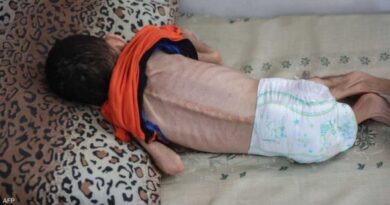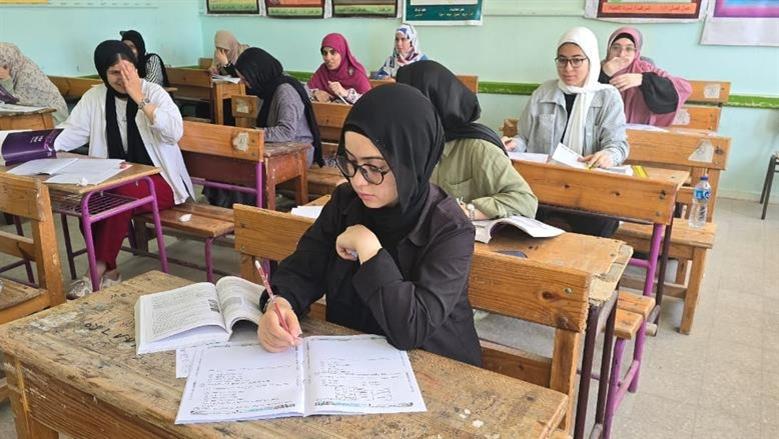Israel mulls boosting support for “Abu Shabab” militia ahead of Gaza City occupation
Al-Khamisa News Network - Gaza

Israeli television revealed that the war cabinet meeting held on Sunday evening, during which the occupation army presented its plans to occupy Gaza City, discussed the possibility of increasing support for the armed militia of Yasser Abu Shabab operating in the southern Gaza Strip.
In parallel with the Israeli army’s preparations to occupy Gaza City, the direct water line from Israel to southern Gaza was activated for the first time late last weekend, as a prelude to evacuating the city’s residents.
An Israeli military source told Channel 12 that arming the militia operating in Rafah was a success “that saved the lives of many of our fighters”. He added: “The Bedouin militia in Rafah is like a leader born of the land. If it succeeds, it will form a real alternative to Hamas.
Israel appears satisfied with the model of arming militias in the Gaza Strip, and the political level is now seriously considering increasing assistance to the armed group operating in Rafah that is challenging Hamas.
Meanwhile, the Israeli army is completing its preparations to occupy Gaza City and is preparing to evacuate its residents. Estimates in Tel Aviv indicate that the city’s population is about one million, and the army is focusing its efforts on pumping aid into the southern strip in an attempt to draw Gaza’s residents there, according to the Hebrew-language channel’s description.
The so‑called Coordinator of Government Activities in the Palestinian Territories issued a weekend document outlining the preparations to transfer Gaza City residents, summarized as follows..
Medical response: Reopening the European Hospital east of Khan Younis, transferring more than 1,000 tonnes of equipment and medicines, with discussions to move medical infrastructure from northern Gaza to the south.
Infrastructure: Operating a new water line that provides 15 liters per person per day, repairing water lines, and coordinating fuel supplies to run desalination plants.
Food: Entry of 300–400 aid trucks daily (80% food), with continued air drops of aid in cooperation with Jordan, Egypt, the United Arab Emirates and other countries. Erecting around 3,000 family tents, with thousands more to be purchased through international organizations.






